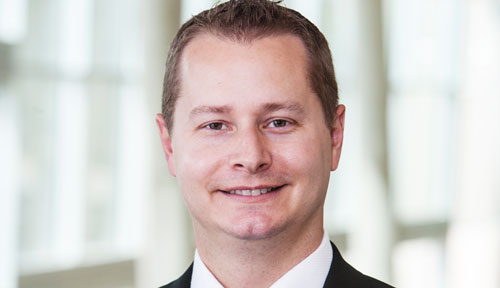A healthy smile is one of the greatest indicators of overall health. Improper oral care can lead to pain, tooth loss, infection or even cancer.
Unfortunately, a report released by the Center for Health Policy at UNMC indicates that in many areas of Nebraska, people do not have easy access to a dentist.
“The state of Nebraska designates 48 counties as general dentistry shortage areas, and 20 counties don’t even have a dentist,” said Jim Stimpson, Ph.D., director of the Center for Health Policy in the College of Public Health. “Even more alarming, the study found that there has been a steady decline in the number of practicing dentists in the state over the last five years.”
The American Dental Association estimates that dental issues contribute to 164 million lost work hours annually.
“Many of those issues can be prevented if caught early through annual checkups,” said Kim McFarland, D.D.S., a professor with the College of Dentistry and co-author of the study.
|
|
But, for many Nebraskans, the nearest dentist is two hours away.
On average there are 55 dentists for every 100,000 people in the state, the report found. Of the 1,028 dentists in the state in 2012, 53.6 percent practiced part-time and only 39.2 percent practiced in a rural area.
Some of those rural practitioners are getting ready to retire, Dr. McFarland said.
“The need is so great that we have dentists who are in their 70s and 80s who are still practicing,” she said.
In counties with few or no dentists, people turn to their local medical provider, health clinic or emergency room for care. Often though, those practitioners are not fully equipped to address dental needs.
“More often than not, people wait until they are in pain to seek care, and often by then it is an abscessed tooth that needs to come out,” Dr. McFarland said.
The study did outline several possible solutions.
- Give dental hygienists a wider range for preventive and basic practice, such as allowing them autonomy to provide sealants and cleanings to patients. Currently, state law allows them to obtain a public health permit.
- Use practice sites of other providers, such as a pediatrician’s office, or health clinic, for a hygienist to provide preventive care.
- Increase the number of graduates.
- Increase the student loan reimbursement rate for dentists who agree to practice in a shortage area for a period of time.
- Fluoridated water.
